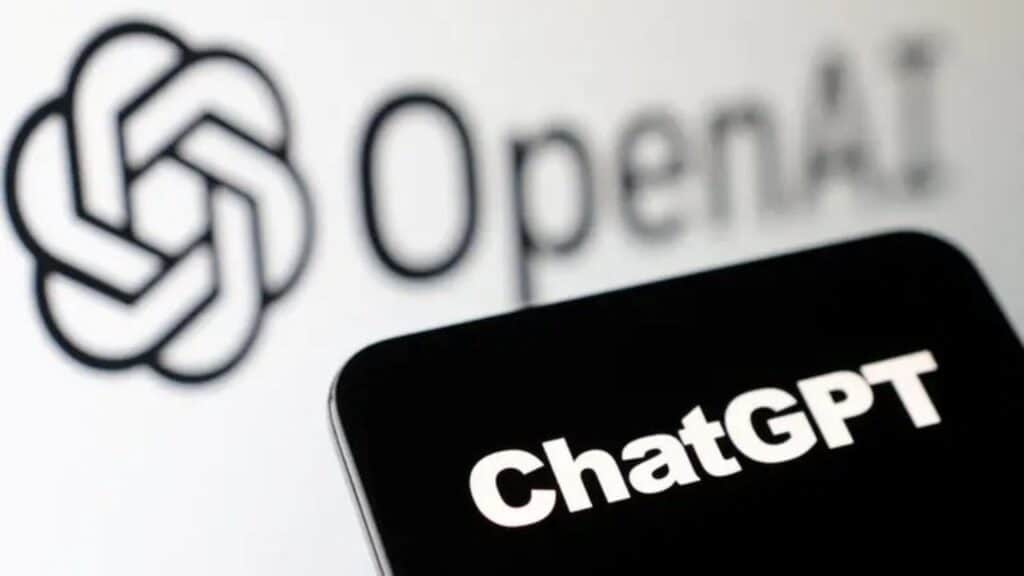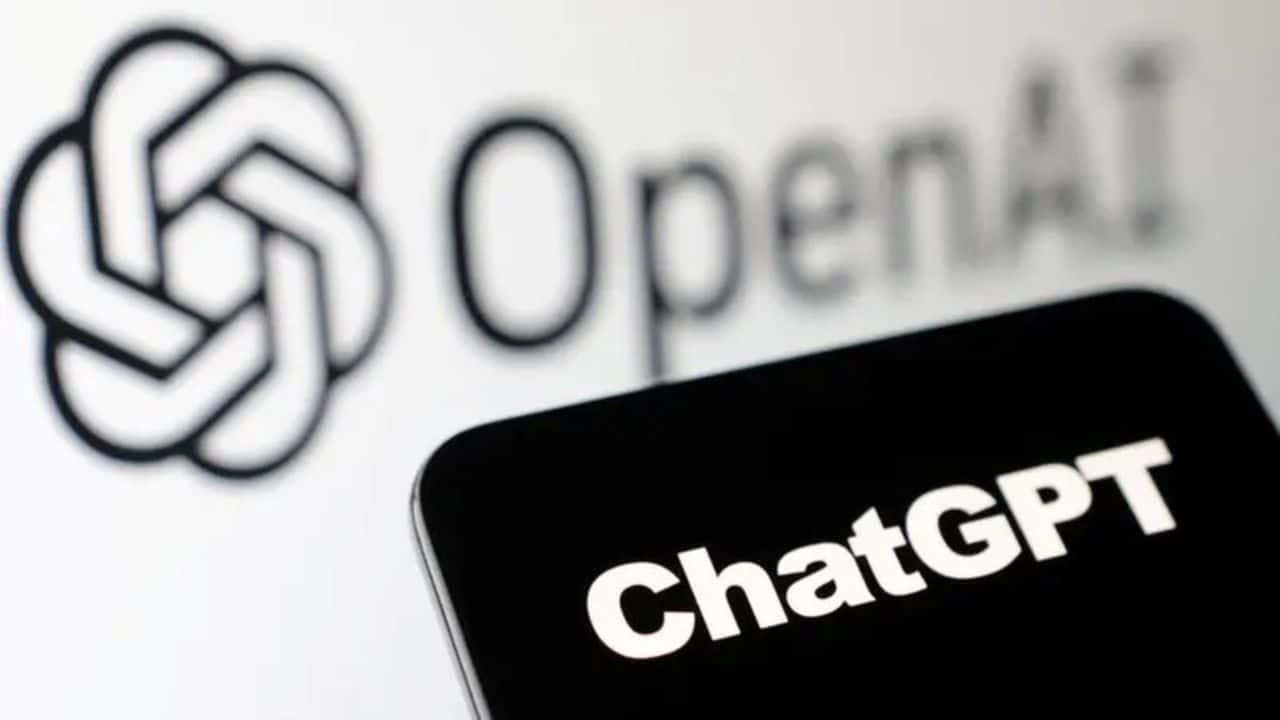ChatGPT has transformed our interaction with computers and machines, enabling us to communicate more organically than ever. ChatGPT can generate text in numerous other languages besides its exceptional English comprehension.
In this article, we delve into the variety of languages that ChatGPT supports, the ways you can use ChatGPT in a particular language, and the advantages of using a multilingual ChatGPT. Let’s begin!

How Many Languages Does ChatGPT Support?
ChatGPT, being a large language model, can comprehend and generate text in multiple languages. While it is primarily designed to operate in English, it has been trained on a diverse range of texts, enabling it to support over 50 languages.
These languages include commonly spoken ones such as Spanish, French, German, Chinese, Japanese, and many others.
However, the performance of ChatGPT can differ across languages due to several factors. The availability and quality of training data play a crucial role in determining how accurately and fluently the model can generate text in a specific language.
Languages with a substantial amount of training data (like English and widely-used languages such as Spanish, French, German, and Mandarin Chinese) are likely to produce more accurate results, as the model has had the opportunity to learn their rules and patterns effectively.
Conversely, languages with limited training data or complex structures can be challenging for ChatGPT. For instance, languages like Bengali, Urdu, or Polish, which have complex writing systems and grammar rules, can be less familiar to the model and not produce results as fluent as languages with large training data.
Which Languages Does ChatGPT Support?
Here are the main 95 languages that ChatGPT can understand and support. However, please keep in mind that there are even more languages that ChatGPT might be able to understand.
- Albanian
- Arabic
- Armenian
- Awadhi
- Azerbaijani
- Bashkir
- Basque
- Belarusian
- Bengali
- Bhojpuri
- Bosnian
- Brazilian Portuguese
- Bulgarian
- Cantonese (Yue)
- Catalan
- Chhattisgarhi
- Chinese
- Croatian
- Czech
- Danish
- Dogri
- Dutch
- English
- Estonian
- Faroese
- Finnish
- French
- Galician
- Georgian
- German
- Greek
- Gujarati
- Haryanvi
- Hindi
- Hungarian
- Indonesian
- Irish
- Italian
- Japanese
- Javanese
- Kannada
- Kashmiri
- Kazakh
- Konkani
- Korean
- Kyrgyz
- Latvian
- Lithuanian
- Macedonian
- Maithili
- Malay
- Maltese
- Mandarin
- Mandarin Chinese
- Marathi
- Marwari
- Min Nan
- Moldovan
- Mongolian
- Montenegrin
- Nepali
- Norwegian
- Oriya
- Pashto
- Persian (Farsi)
- Polish
- Portuguese
- Punjabi
- Rajasthani
- Romanian
- Russian
- Sanskrit
- Santali
- Serbian
- Sindhi
- Sinhala
- Slovak
- Slovene
- Slovenian
- Spanish
- Swahili
- Swedish
- Tajik
- Tamil
- Tatar
- Telugu
- Thai
- Turkish
- Turkmen
- Ukrainian
- Urdu
- Uzbek
- Vietnamese
- Welsh
- Wu
How to Use ChatGPT in a Specific Language?
To use ChatGPT in a specific language, you can include the desired language within your prompt. There are a few approaches you can take. One way is to write your entire prompt in the target language, and ChatGPT will respond accordingly. For instance, you can write your prompt entirely in French if you wish to generate text in French.
Alternatively, you can write your prompt in English and explicitly state your desired language for the response. You can include a phrase like “in [language]” or use language-specific keywords within your prompt. For example, if you want a response in Spanish, you could write “en español” (in Spanish).
Additionally, you can use language codes as part of your prompt. Prefixing your prompt with the language code helps specify the language you want the response in. For instance, you can use “fr:” for French or “es:” for Spanish.
Remember to construct effective prompts for the best responses. By using these techniques, you can generate text in your preferred language using ChatGPT.
What Code And Programming Languages Does ChatGPT Know?
ChatGPT maintains a remarkable understanding of both natural language text and code in various programming languages. It has been trained to comprehend and generate code in languages such as Python, JavaScript, HTML, CSS, SQL, Java, C#, C++, Ruby, PHP, R, Swift, and more.
Whether you need assistance with algorithm implementation, web development, data analysis, or artificial intelligence projects, ChatGPT is equipped to handle a wide range of programming languages. However, ChatGPT excels in simpler code generation tasks but might encounter challenges when faced with complex programming logic and problem-solving scenarios.
When interacting with ChatGPT, you have the flexibility to structure your prompts in English and request code in your preferred programming language, or you can input your prompt directly in the desired programming language, and ChatGPT will respond accordingly. For instance, you can specify “in Python” to generate Python code or include “in JavaScript” to receive code written in JavaScript.
The process of generating code using ChatGPT is similar to generating natural language text. You can formulate prompts seeking specific programming tasks, such as creating functions, manipulating strings, building HTML pages, writing SQL queries, and more. ChatGPT will provide code snippets or complete programs to fulfill your requirements.
Benefits Of Multilingual Chatgpt
Using a multilingual ChatGPT offers numerous benefits. Firstly, it is a valuable tool for language skill improvement, allowing you to practice writing, reading, speaking, and listening in different languages. Additionally, ChatGPT can help in learning new vocabulary, grammar rules, and nonformal expressions across multiple languages.
The multilingual capabilities of ChatGPT also enhance creativity. It can generate creative content such as stories, poems, jokes, slogans, or headlines in different languages, providing opportunities to explore cultural perspectives and linguistic styles.
From a business standpoint, deploying a multilingual chatbot like ChatGPT offers many advantages. Businesses can reach a diverse audience by providing personalized and relevant responses.
It can also reduce costs and time spent on hiring and training agents for multiple languages and gain a competitive edge by demonstrating a commitment to customer needs and preferences.
Furthermore, a multilingual ChatGPT can improve the brand image of a business. Customers perceive businesses that cater to their linguistic requirements as more customer-centric and trustworthy, leading to a positive reputation.
In practical terms, ChatGPT’s multilingual capabilities simplify tasks such as summarization, conversational interactions, language translation, and text completion across different languages. This versatility makes it a valuable tool for various applications, from summarizing information to assisting in multilingual conversations and language-related tasks.
Conclusion
ChatGPT is a powerful and versatile chatbot that excels in generating text across various languages. It offers numerous benefits for personal and professional use, from creating content to improving language skills.
While its language proficiency may vary and cultural nuances can pose challenges, ChatGPT’s multilingual support remains impressive. To try ChatGPT in your native language, visit chat.openai.com and start chatting!
